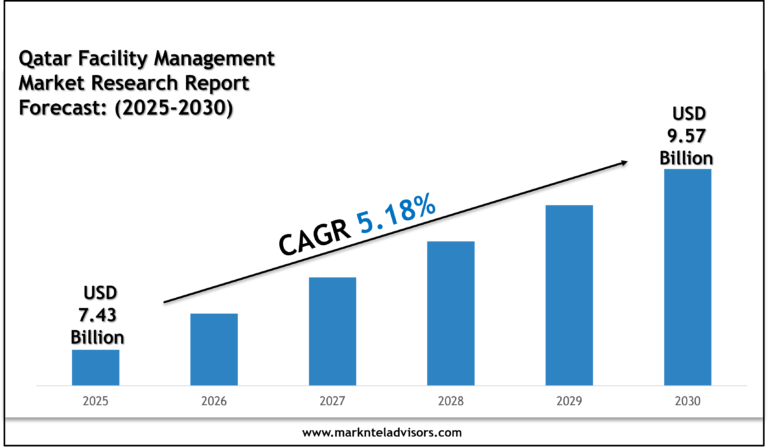In 2025, digital health technology is no longer a futuristic concept — it’s the foundation of modern healthcare. From AI-driven diagnostics to wearable monitoring devices, innovations in this field are reshaping how care is delivered, experienced, and managed globally. According to the latest Digital Health Technology updates, healthcare systems worldwide are actively adopting digital solutions to enhance patient outcomes, reduce costs, and boost operational efficiency.
This article explores the key technologies, trends, and real-world impact of digital health advancements in 2025.
What Is Digital Health Technology?
Digital health technology encompasses a broad range of tools and platforms that use digital processes to improve health and wellness. These include:
-
Telehealth and virtual care
-
Remote patient monitoring (RPM)
-
Electronic health records (EHRs)
-
Mobile health (mHealth) apps
-
AI and machine learning tools
-
Wearables and biosensors
-
Digital therapeutics
-
Blockchain for data security
Together, these technologies are forming a connected ecosystem where healthcare is more accessible, personalized, and data-driven.
Why Digital Health Is Thriving in 2025
The post-pandemic world saw a surge in digital adoption across all industries, with healthcare at the forefront. In 2025, several driving forces are propelling the digital health technology sector forward:
-
Chronic disease burden: RPM and AI help manage conditions like diabetes, hypertension, and heart disease more efficiently.
-
Workforce shortages: AI-powered chatbots, virtual care, and automated scheduling tools support overworked clinicians.
-
Patient expectations: Consumers demand more personalized, on-demand, and remote care options.
-
Regulatory support: Governments across the globe are funding digital initiatives and updating policies to encourage innovation.
-
Investments: Venture capital in digital health startups continues to grow, enabling faster development and deployment of tech.
Key Innovations in Digital Health Technology in 2025
1. AI-Powered Diagnostics and Decision Support
AI tools can now analyze imaging scans, lab results, and clinical histories in seconds. Startups are developing AI algorithms that assist radiologists, pathologists, and general practitioners in detecting diseases earlier with higher accuracy.
Example: AI-driven platforms are being used in breast cancer screenings to detect anomalies that might be missed by human eyes.
2. Remote Patient Monitoring (RPM)
Wearable devices and home sensors are allowing patients to stay connected to healthcare providers without stepping into clinics. Real-time data helps doctors intervene earlier, preventing hospitalizations.
Trending devices in 2025 include:
-
Smartwatches that monitor heart rhythm and blood oxygen levels
-
Glucose monitors for diabetes management
-
Blood pressure cuffs with Bluetooth syncing to health apps
3. Telehealth Platforms
Telehealth usage has rebounded in 2025 with enhanced platforms that offer integrated EHR access, AI triage, and language translation. These platforms are particularly beneficial in rural areas and low-resource settings.
4. Digital Therapeutics (DTx)
These are evidence-based, software-driven therapies used to prevent, manage, or treat diseases. In 2025, DTx is gaining FDA approvals for mental health, ADHD, and chronic pain.
5. mHealth Apps and Chatbots
Health apps are evolving beyond step counters. Today’s apps include mental health support, medication adherence reminders, reproductive health tracking, and AI-based symptom checkers.
6. Blockchain for Health Data Security
With rising cyber threats, blockchain is being adopted to create secure, decentralized health data ecosystems. It ensures transparency, immutability, and patient consent tracking.
The Role of Digital Health Startups
Startups are the heartbeat of innovation in this space. In 2025, many young companies are solving niche problems with scalable, user-friendly solutions. Some notable trends:
-
Startups focused on women’s health and fertility
-
Behavioral health tech for stress, depression, and anxiety
-
AI-powered fitness and rehab platforms
-
Personalized nutrition and wellness tracking
These startups are often quicker to innovate, more agile in development, and deeply attuned to user needs.
Real-World Impact: Case Studies
Case Study 1: Reducing Hospital Readmissions
A California-based hospital network used an AI-powered RPM platform to track patients post-discharge. Readmissions for chronic heart failure dropped by 28% within six months.
Case Study 2: Empowering Mental Health
A digital therapeutics startup launched a CBT-based app for teens struggling with anxiety. Clinical trials showed a 45% improvement in symptoms after 12 weeks.
Challenges in Digital Health Adoption
Despite the promising advances, digital health technology still faces challenges:
-
Interoperability issues between different platforms and legacy systems
-
Digital literacy gaps among both patients and providers
-
Data privacy concerns and compliance with regulations like HIPAA and GDPR
-
Reimbursement models that are still evolving to cover digital therapies
Solving these challenges requires coordinated efforts from tech companies, health systems, governments, and educators.
The Future of Digital Health Technology
Looking ahead, several developments are expected to define the next phase of digital health:
-
Integration of GenAI into clinical decision-making
-
More robust remote surgery capabilities with 5G and robotics
-
Predictive analytics to forecast outbreaks and patient deterioration
-
Wider insurance coverage for digital tools and therapies
-
Voice-enabled interfaces for accessibility
As we move toward a more digitized and decentralized healthcare model, the power of digital health technology will continue to grow.
Final Thoughts
In 2025, digital health technology is not just a trend—it’s a transformation. Whether it’s empowering patients to take charge of their own health, enabling doctors to deliver better care, or creating systems that learn and adapt in real-time, the digital revolution in healthcare is here to stay.





